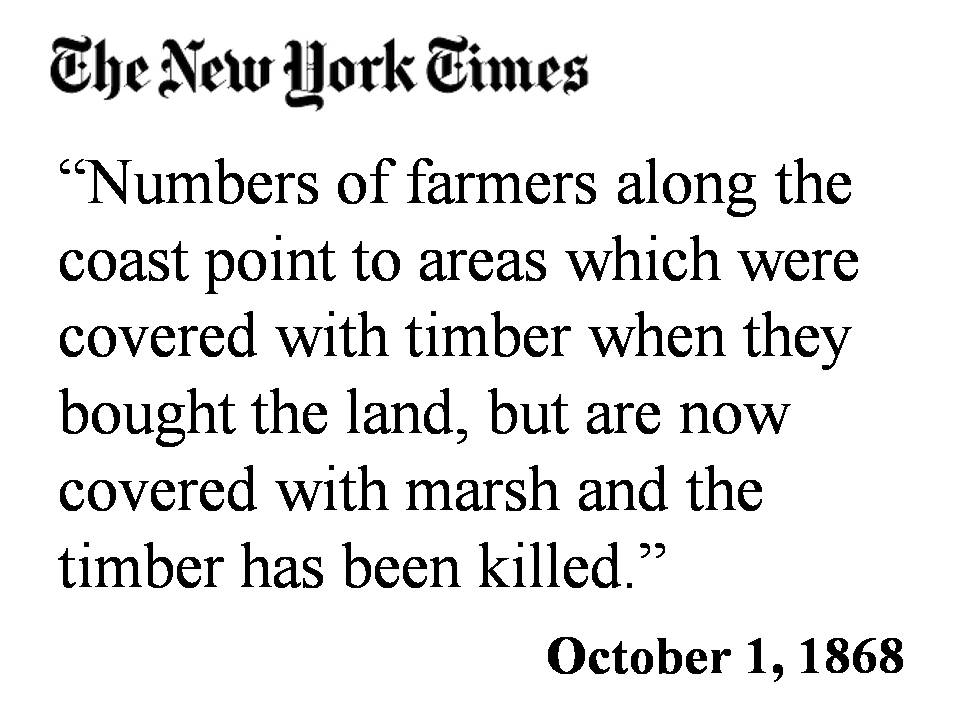Are salt marshes are able to move inland as sea level rise causes coastal forests to dieback?

We are finding that, although salt marshes are moving inland, the pace is slower than the rate at which we are losing forest.
We have also found that in lower salinity reaches of the estuary, salt marsh migration is slowest because the invasive Phragmites reed is able to occupy former forested areas and hold its ground.
This work will help improve predictions about how habitats will change and help direct land protection efforts to places where salt marsh migration is most likely to occur.
As a next step, we are studying the realtime pace of habitat change resulting from sea level rise along the Delaware bayshore.
Slides in gallery form: